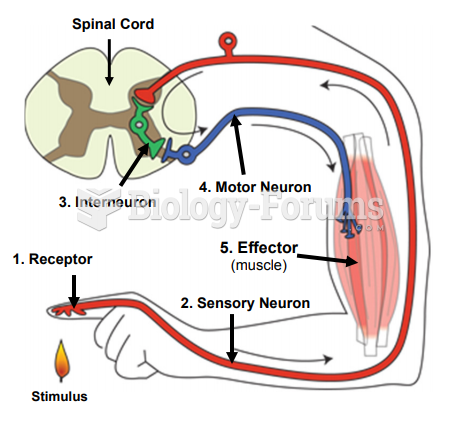Answer to Question 1Manure may be used in solid and liquid systems. Solid manure is best spread immediately on unfrozen
ground and quickly plowed into the soil. This way, nutrients are preserved and less likely to be lost in
runoff during rain. In some regions this technique is not practical in every season.
Incorporation of solid manure does present a problem with reduce tillage systems, especially no-till.
Since tillage increases rates of erosion, it is possible that the tillage needed to incorporate manure will
lead to loss of soil particles with phosphorus attached to them.
If solid manure cannot be mixed into the soil immediately, it should be stored properly then applied
when it can be plowed into the soil. The actual loss of nitrogen varies with handling and storage
systems. Piles in an open lot, exposed to sun, rain, and air movement, will lose about half their
nitrogen.
Liquid manures can be spread on fields or even run through an irrigation system. By far the best way
to reduce nutrient loss and water pollution is to inject liquid manure into the soil. While slowing the
disposal operation, injection greatly reduces nitrogen losses, and prevents runoff losses that pollute
local surface waters. Injection complements conservation tillage systems, because injection does not
bury crop residues as does incorporation of surface-applied manure.
It is a grower's task to make the most efficient use of animal manures without inflicting damage on the
environment. Best Management Practices include:Test
manure and soil for nutrient levels. With tests, the grower can reduce
fertilization by an amount equivalent to the nutrients in the manure. Apply manure
and fertilizer together at a rate based on crop nutrient needs.
Base manure application rates on phosphorus needs, especially for chicken and swine,
rather than nitrogen. For high-phosphorus manures, this may mean augmenting the
nitrogen with fertilizers.
Carefully spread solid manures evenly over the field with calibrated equipment.
Incorporate or inject all manures into the soil as soon as possible.
Increase time animals spend on pasture rather than on a feeding operation.
Design the animal feeding program to reduce phosphorus content of manure.
Proper composting is a BMP for manure management. If manure is composted with a highC:N
material like wood shavings, nitrogen losses should be minimized because the nitrogen will be
immobilized by the decay of the high C:N material. Nutrients are stabilized, most pathogens and weed
seeds are killed by heat, and the reduced volume makes transport more practical. Many certified
organic programs require manure to be composted before use.
Another more recent option for handling manure is to treat it with anaerobic digestion, which is a
controlled decomposition inside a structure that produces methane that can be burned as a fuel source
and residues that can be spread on land.
The environmental hazards of manure application increase greatly in sensitive areas such as those
with nearby streams, lakes, wetlands, drainage ditches and systems, and well heads that receive lost
nutrients and soils or terrains that promote runoff or leaching into groundwater. Soils prone to loss
include sloping land, sandy soils, and soils with shallow bedrock or high water tables.
It is common for states to require setbacks from receiving waters. Another effective protection
is the vegetative buffera zone of dense vegetation along the edge of the water. A properly
constructed buffer slows the flow of water allowing more to infiltrate the soil and filter out solids. The
vegetation, in turn, takes up the nutrients.
Answer to Question 2ANS: Vermicomposting







